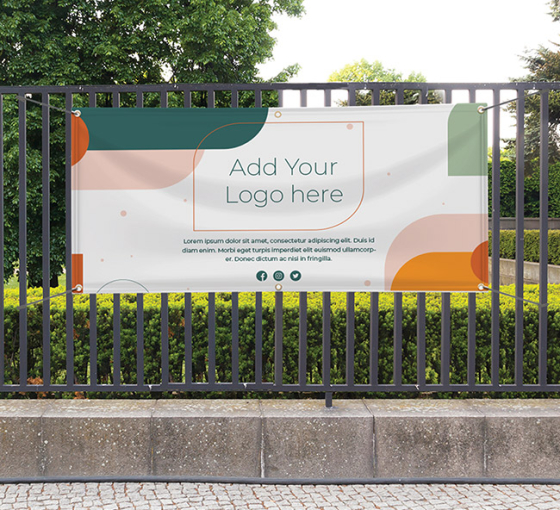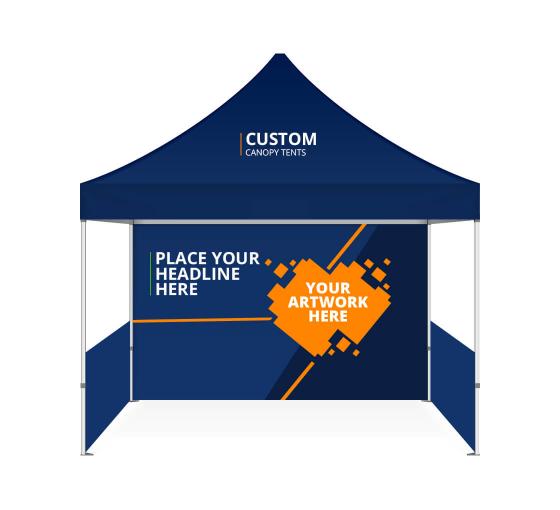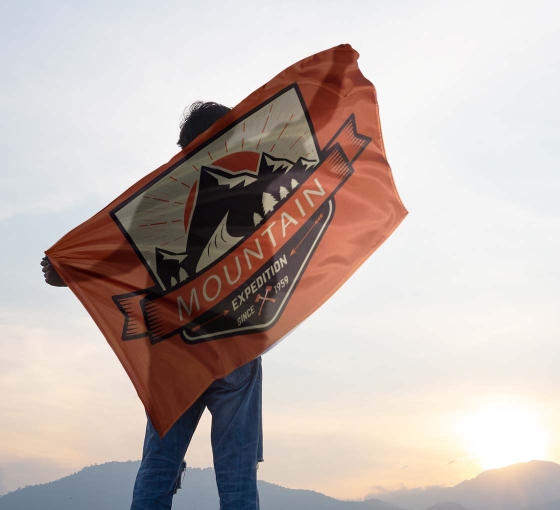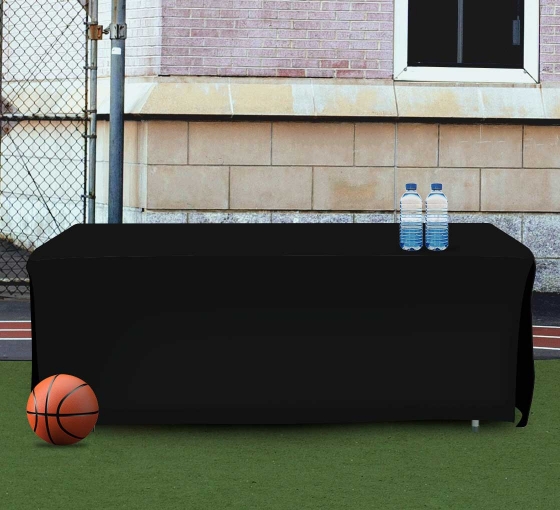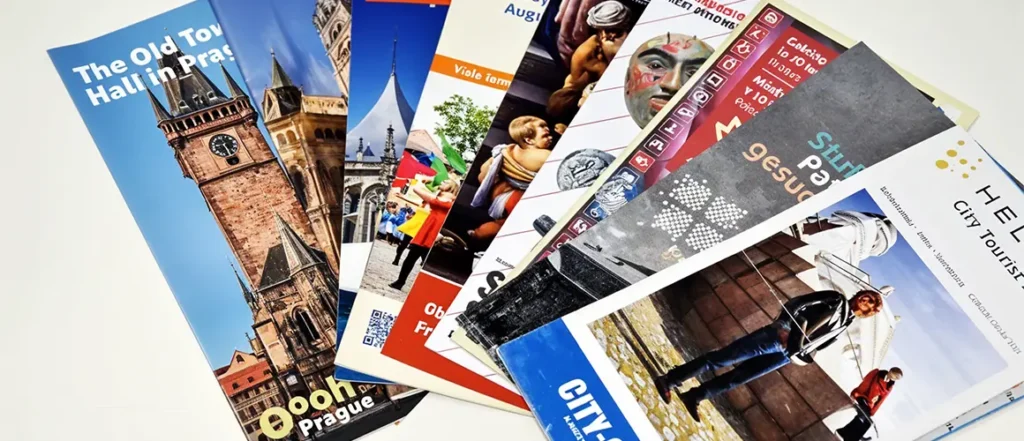
Brochures play a vital role in multiple industries currently. They are pocket-sized guides that contain details on attractions, activities and services. Speaking specifically of the tourism industry, brochures are fundamental tools that carry information on various attractions and activities to cover. For tourism, brochures are not just informational pieces – they are crucial marketing tools that help travelers shape their itineraries and get a true sense of what their destination holds. Therefore, knowing how to create a professional brochure is essential to ensuring it effectively captures the attention of visitors and conveys the right message.
This blog serves as a brochure making guide that captivates visitors, guiding them through their holiday adventures with the right appeal.
What are Brochures?
Brochures are foldable informational booklets designed to convey multiple details about a service, product or place. When it comes to the steps to design a brochure, there are certain details one must keep in mind. The information is printed on high-quality paper and designed to be easily distributed and read. They are vital for any and every marketing aspect – whether it’s a big or small firm.
In tourism, brochures serve as a mini-guide for travelers, filled with vivid images, maps and recommendations that showcase the best experiences a destination offers. Whether it’s a local walking tour, a list of top restaurants, or details on hidden gems, brochures help visitors navigate their way through new and unfamiliar places.
Why are Brochures Important?
Brochures provide a tangible, portable source of information that travelers can carry with them and refer to throughout their trip. For tourism operators, local businesses and attractions, brochures offer a way to connect with tourists by providing visually striking and easy-to-digest information. Even in a digital world, physical brochures hold a special value. They can be found in airports, hotels, visitor centers and restaurants – places where travelers typically look for quick and useful information.
Brochures also act as a representation of the destination or business. A well-designed brochure speaks volumes about the quality of the service and experience a tourist can expect. Whether it’s a luxury resort, a scenic hiking trail or an adventurous whale-watching tour, a brochure can stir excitement and anticipation, ensuring visitors make the most of their holiday.
The Role of Brochures During Holiday Travel
During the holiday season, the tourism industry experiences a surge in travelers eager to explore and make memories. For these visitors, brochures become more than just a guide – custom brochures then become an essential part of the travel experience. In airports and tourist centers, brochures are often the first introduction travelers have to the activities available at their destination. Knowing the tips for creating an effective brochure can ensure that the design and content resonate with tourists, helping them make informed choices and enhancing their overall experience.
These pieces of literature play a critical role in shaping a tourist’s itinerary, guiding them on what to do and where to go. From recommending adventure tours to showcasing local dining options, brochures are trusted sources of inspiration that help travelers maximize their time in a new location.
Creating the Right Appeal for Tourists
When designing a brochure for the tourism industry, it is essential to think about the needs and preferences of the audience. Travelers are looking for something that stands out, grabs their attention and provides clear, easy-to-follow information.
Here are key elements to consider when designing a tourism brochure:
- Visual Appeal: The power of imagery in tourism brochures is really vital. Stunning, high-quality photographs that capture the essence of a destination will draw in readers instantly. Tourists want to envision themselves in the places they plan to visit. Whether it’s a pristine beach, a scenic hiking trail or a historic landmark, compelling visuals make an emotional connection with potential visitors.
- Concise and Engaging Content: Tourists are typically on the go, and they prefer information that’s easy to digest. A well-crafted brochure provides concise, engaging descriptions of attractions and activities. It should include key details without overwhelming the reader.
- Call to Action: A brochure should inspire action. Whether it’s encouraging visitors to book a tour, visit a landmark or dine at a local restaurant, there should always be a clear and compelling call to action. Use phrases like “Visit Now,” “Book Today,” or “Don’t Miss This Experience” to motivate tourists to make decisions during their trip.
- Maps and Directions: Including a simple and clear map is a valuable addition to any tourism brochure. Whether it’s a walking tour of the city or directions to nearby attractions, travelers appreciate having all the information they need at their fingertips. Additionally, include contact information or QR codes that link to websites for more details or booking options.

- Branding and Theme: Your brochure should reflect the identity of the destination or business. Use consistent colors, fonts and styles that align with the overall brand. If it’s an adventurous or nature-focused destination, choose a layout and imagery that feels organic and exciting. Incorporating creative brochure design ideas can further enhance the visual appeal, making the brochure stand out while perfectly capturing the essence of the location or service being promoted.
Brochure Specifications
When creating a tourism brochure, it’s essential to understand the different specifications available. These details play a significant role in how the final product looks, feels and functions.
Here are the key specifications you should consider:
Orientations:
- Horizontal: This layout works well for landscape imagery, offering a wide view of attractions like scenic spots, resorts and nature tours.
- Vertical: A classic layout, ideal for a more traditional vertical brochure design that focuses on clean, structured sections.
Sizes:
- 8.5 inch X 5.5 inch: This compact size of custom booklets are easy to carry, ideal for quick overviews of attractions and smaller pamphlets.
- 11 inch X 8.5 inch: This one is the size most used for tourism brochures, offering ample space for imagery and information.
- 14 inch X 8.5 inch: A larger format, perfect for comprehensive guides with maps and detailed itineraries.
Pack Options:
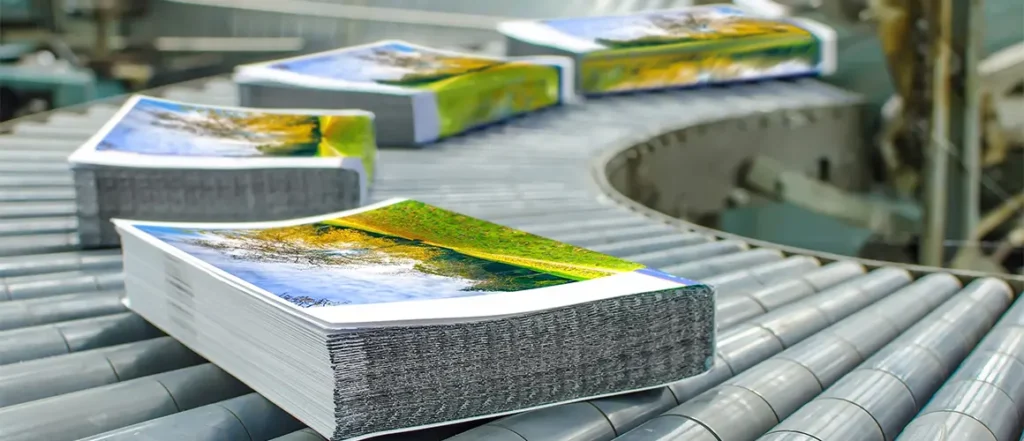
Depending on your distribution needs, you can opt for packs of 50, 100, 250, 500, 1000, 2000 and 5000 that fit your requirement.
Paper Type:
The type of paper chosen impacts the overall feel and durability of the brochure:
- 90 lb paper uncoated: Gives a simple, classic feel, suitable for brochures focused on informative content.
- 100 lb paper gloss: Adds a polished, shiny finish, ideal for tourism brochures with vibrant images.
- 10 pt cardstock matte: Provides a more premium feel, perfect for upscale brands or high-end tours.
Folding Options:
- No fold: Best for single-page, flyer-style brochures.
- Half-fold: Creates a simple booklet format, suitable for brief guides.
- Tri-fold: A classic fold, ideal for detailed brochures with segmented content.
Print Sides:
- Front only: Useful for single-page brochures.
- Front and back: The front and back print on your custom catalogue offers more space for information without increasing size.
- Outside and inside: Best for full brochures that need to convey extensive details.
- Outside only: Great for maps or quick guides that only need surface-level information.
Final Words
As the holiday season approaches, tourism brochures become essential companions for travelers eager to explore new destinations. A well-designed brochure that incorporates stunning visuals, concise content and clear CTAs, it can captivate and inform travelers, ensuring they make the most of their adventure.
By understanding the specifications and design elements that work best for tourism brochures, businesses and marketers can create compelling pieces that enhance the overall travel experience. From choosing the right paper type to selecting the perfect fold and size, each aspect plays a vital role in creating brochures that leave a lasting impression and ensure tourists feel well-informed and excited about their trip.
























 Posted in
Posted in 








